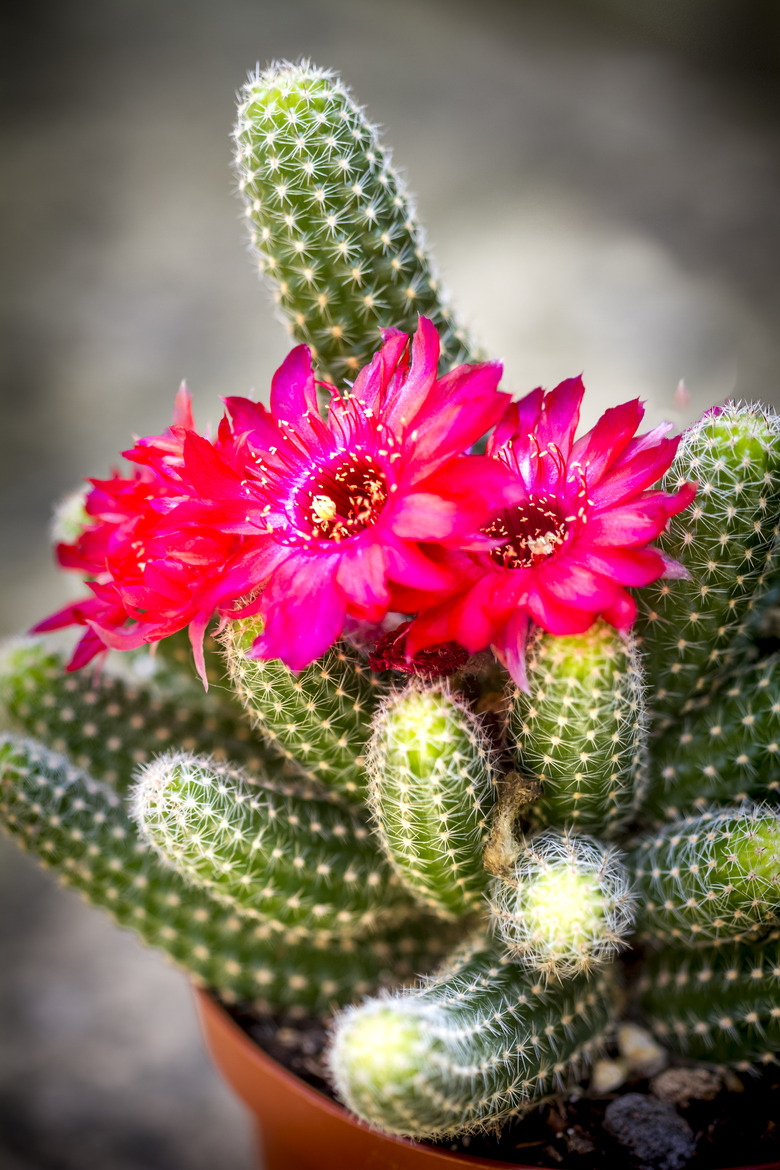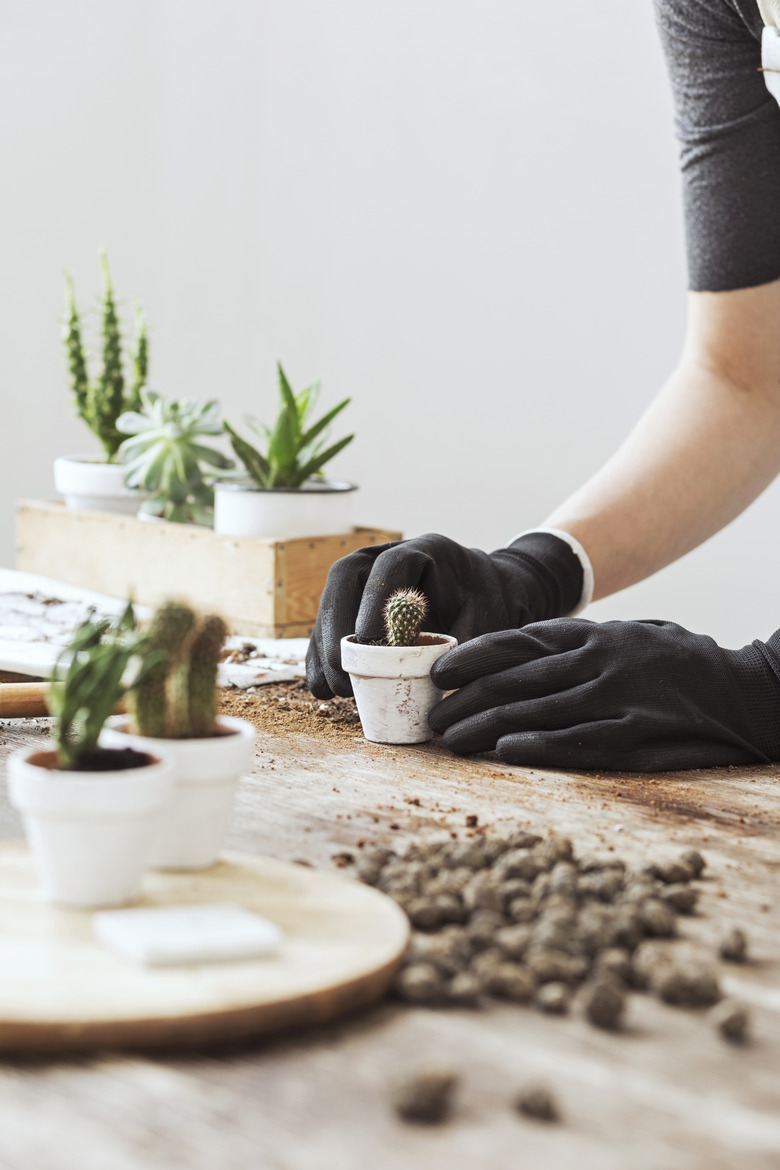How To Repot Cactus And Succulents
Back in 2017, home designers declared our love for the desert chic trend and a showpiece cactus as an accent piece for room decor. Since then, decorating with indoor plants remains popular, not only for the look but for our overall wellness. So let's cover how you can help your cactus and other succulents thrive in your home. Besides providing adequate sunlight and water, you'll need to monitor the condition of the soil and plant roots.
When to Repot a Cactus or Succulent
When to Repot a Cactus or Succulent
To encourage growth, you'll need to provide optimum conditions for your succulant plant. If you notice any of the following problems, it's time to repot your plant:
- The plant tips over because it's too top heavy.
- The plant grows very little or not at all during the growing season.
- Roots are emerging from the soil's surface and growing out of the pot.
- The soil is hard and doesn't absorb water readily.
- The plant requires constant watering.
- Salt deposits have formed on the soil or around the rim of the pot.
How to Safely Repot a Cactus
How to Safely Repot a Cactus
With a little extra care, you and your cactus will make it through the repotting process without hearing any bad words muttered, and without bandages being applied. Anyone who has wrestled with an unwieldy cactus knows that their thorns in our fleshy body parts are a painful hazard and broken plant appendages are a real possibility.
Things Needed
-
Container
-
Soil blend for cactus and succulents
-
Small piece of landscape fabric
-
Gloves
-
Knife
-
Newspaper or packing paper
-
Tape
Select a container only slightly larger than the current pot because cactus and succulent roots thrive in close quarters. Broad, shallow containers work well. Besides the shape and color of a container, consider the material.
- Plastic containers with drainage holes are lightweight and retain moisture.
- Clay containers are porous and provide good drainage; however, they stain easily.
- Ceramic containers come in a large variety of colors and shapes; however, they don't always drain well.
- Used containers must be cleaned with soap, water, and a scrub brush. Once clean, spray the entire container with a solution of 1 part bleach to 10 parts water.
The process is straightforward once you've gathered the appropriate supplies.
- Cover drainage holes with landscape fabric. Add enough soil to the container so that the root crown will sit at the same level as in the former container. Press firmly to create a secure base for the plant.
- Prior to removing a large cactus from its container, wrap it in sheets of paper to protect yourself from its thorns.
- While wearing gloves, remove the plant from its original container. You might need to run a knife around the inside of the rim to loosen the plant from the pot.
- If the roots have grown in a circular shape (indicating that the plant was rootbound), lightly pull them apart.
- Place the plant in the new container and add soil, firmly pressing it down with your fingers until the soil level covers the root crown.
- Water the plant thoroughly until a small amount of water drips from of the bottom of the container.

